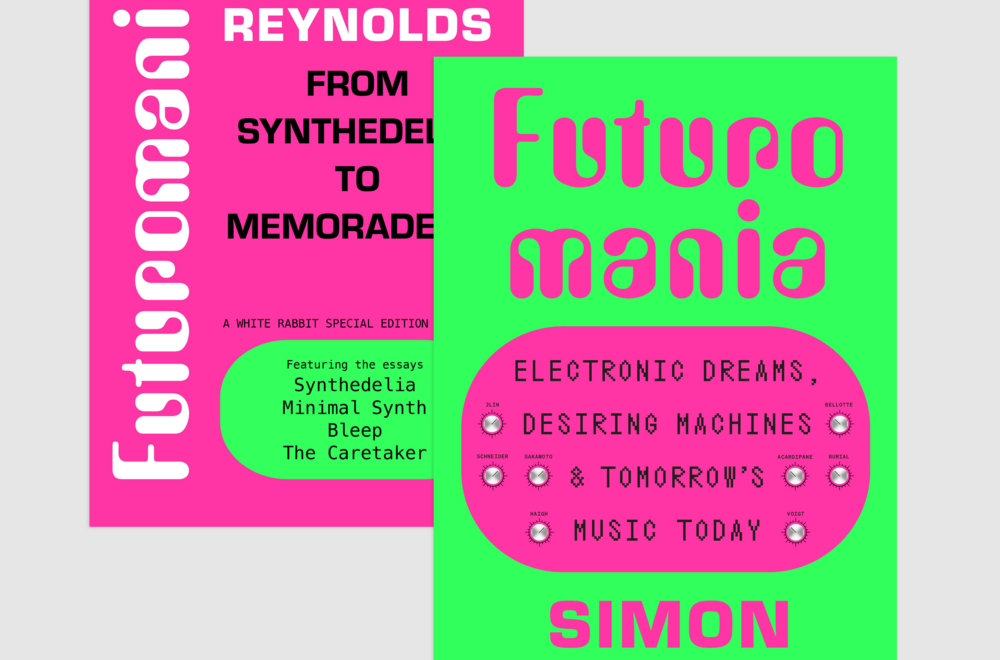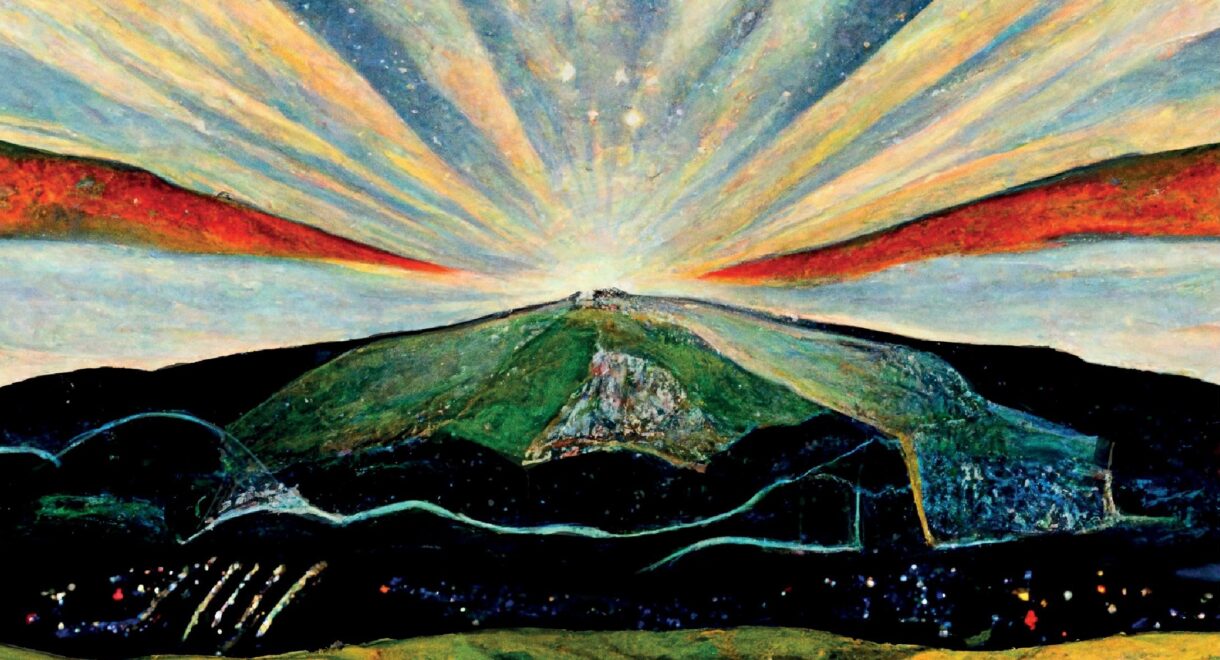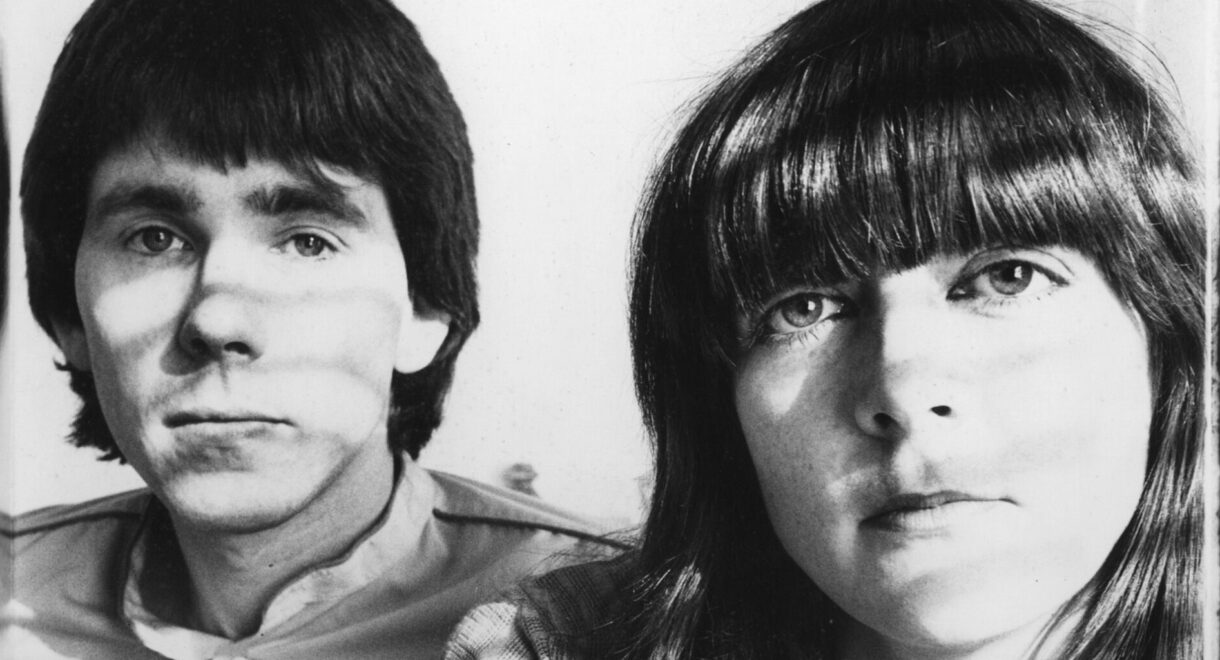The summer is halfway over and you’ve been scrolling for like, what, six weeks straight now? Step away from your phone (after reading this, of course). An analog […]
10 Essential Windham Hill Releases
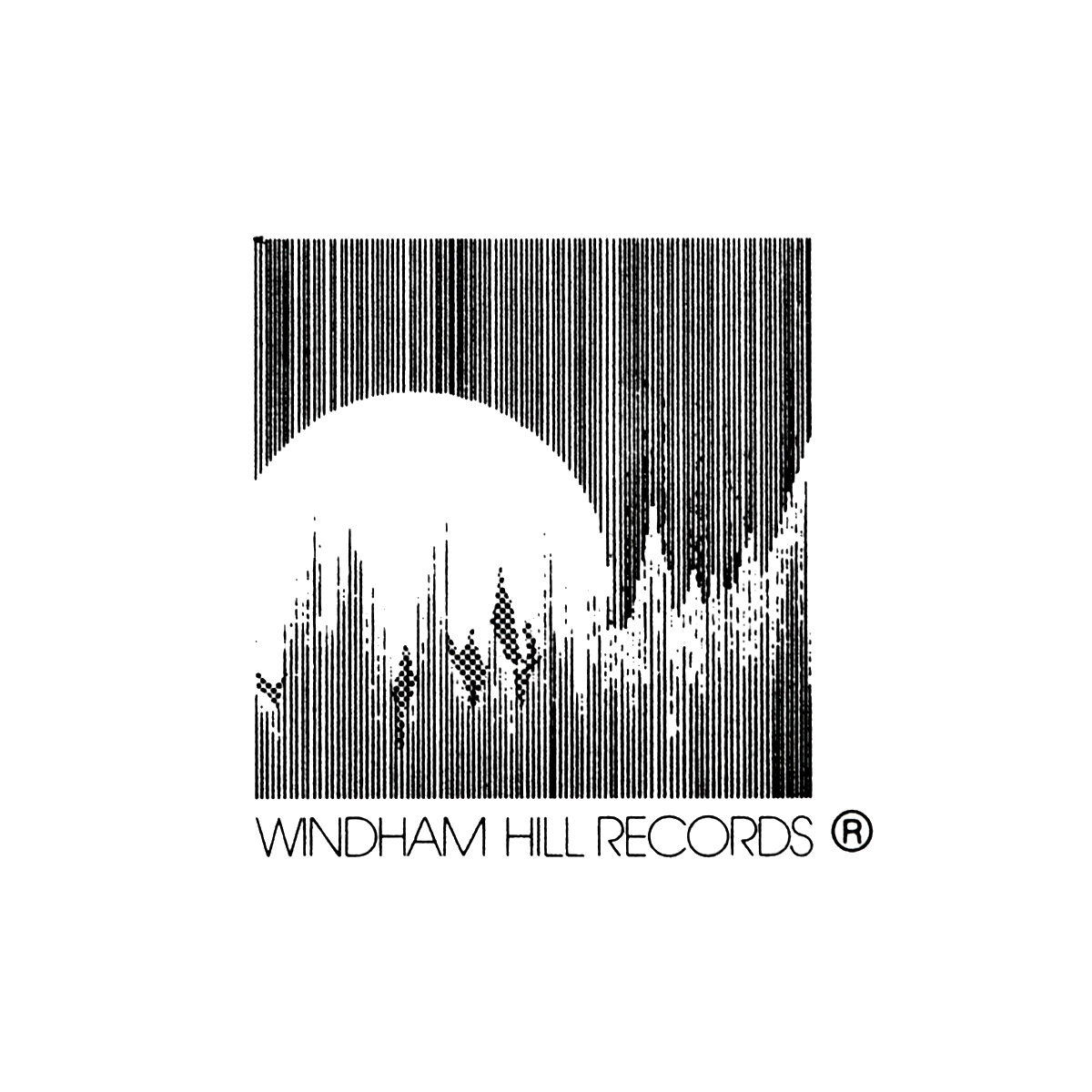
Although some of its artists also used electronics, the American label Windham Hill pioneered new acoustic music to such an extent that during its peak years the label became a genre in itself. No need, it seems, to use words like folksy, melodic and moody: it’s just Windham Hill. — Ambient Music Guide.
Like the equally anomalous ECM label before it, Windham Hill is a label with its own sound, music so distinctive that when their releases initially hit record stores, they drew so much genre confusion by shop employees that many were forced to build the label its own section. Even Billboard magazine faced issues: As Windham Hill’s popularity grew and their records ascended on the charts, the magazine made multiple attempts to classify it — usually either in jazz or new age. Sometimes they’d just give up and call it pop. Even today, most shops file Windham Hill records in their own section. Jazz, New Age, Classical, Folk — all can be applied to the beloved instrumental label’s output, but none fully represent the singular sound.
Its genesis can be credited to friends of William Ackerman, who so desperately wanted a cassette of his guitar playing that they pitched in for him to make an album — 1975’s In Search of the Turtle’s Navel. It attracted so much attention by radio stations and Bay Area record store buyers that Ackerman decided to create a label. He invited his cousin Alex De Grassi and other like-minded area musicians with that same undefinable artistic approach. Ackerman hired designer Anne Robinson, who was solely responsible for their iconic album covers: minimal, typically a landscape photograph or painting at the center, often surrounded by a large white frame, with artist and album titles written in Helvetica. The images seemed to define the music better than any genre name could. Contemplative, impressionistic, something that can perfectly soundtrack a day out in nature.
The records themselves were unique, and further distinguished them from less particular, profit-first major labels. Windham Hill emphasized quality recordings and pressings. Records were packaged in loose plastic outer sleeves instead of tight cellophane. They sold their records not just in music shops but health food and book stores. These are just a few of the reasons why the label will always have a soft spot in our hearts. Windham Hill created a fully realized world.
Here are some of our favorites.
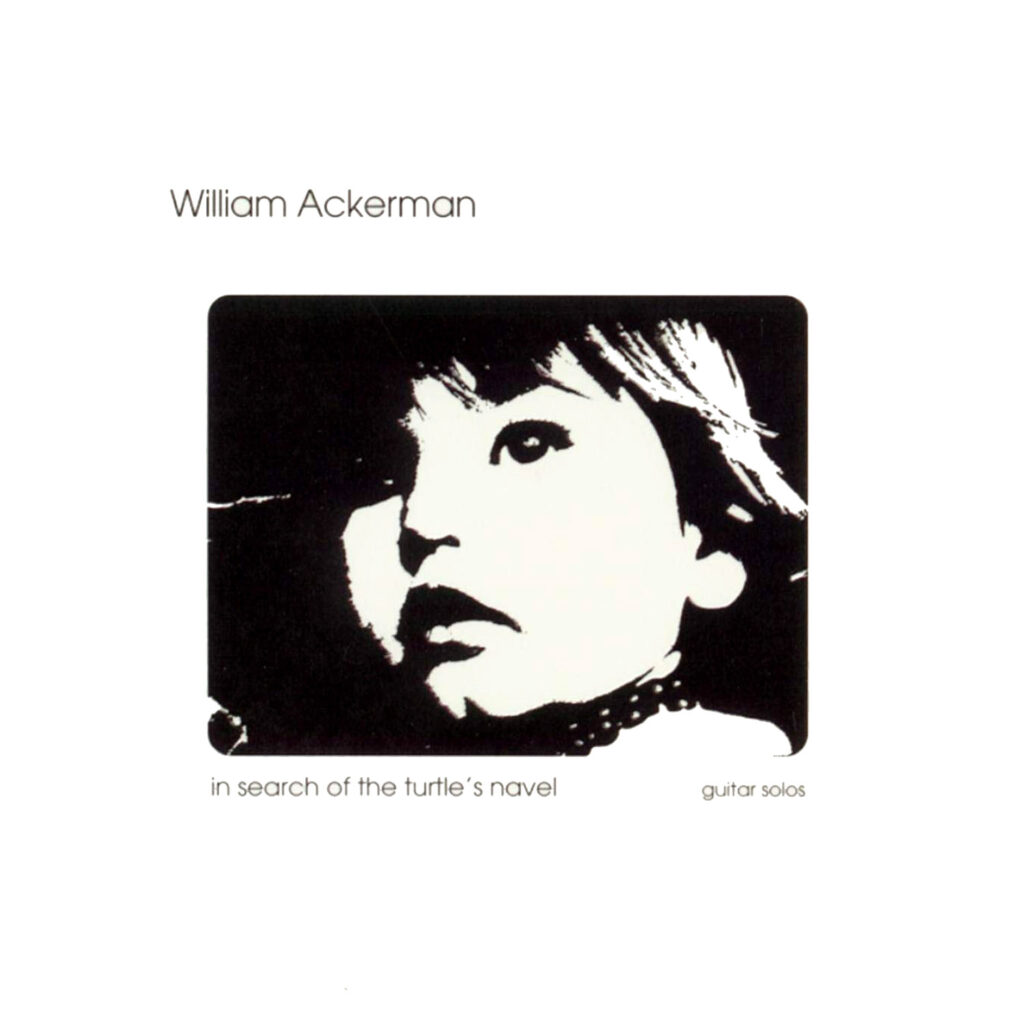
William Ackerman – In Search of the Turtle’s Navel (1975)
The inaugural release by Windham Hill is also the debut album by its founder, William Ackerman. It’s a lovely full-listen record of meditative acoustic fingerpicking — and an early morning favorite at the ISC listening bar.

Robbie Basho – Visions of the Country (1978)
My philosophy is quite simple: soul first, technique later, or ‘Better to drink wine from the hands than water from a pretty cup’; of course the ultimate is wine from a pretty cup. Amen. – Robbie Basho
Maybe the greatest release from the label and the most individual in their catalogue, this collection of expansive and mystical 6- and 12-string depictions of the American West is Robbie’s sprawling cosmic masterpiece. Recommended: multiple full listens.

Mark Isham – Vapor Drawings (1983)
Mark Isham’s solo debut marked the first electronic record for Windham Hill, which would soon further define the label’s sound. A sweeping, melancholic and dreamy record, it’s an incredible debut by the frequent David Sylvian collaborator and trumpeter/synthesist.
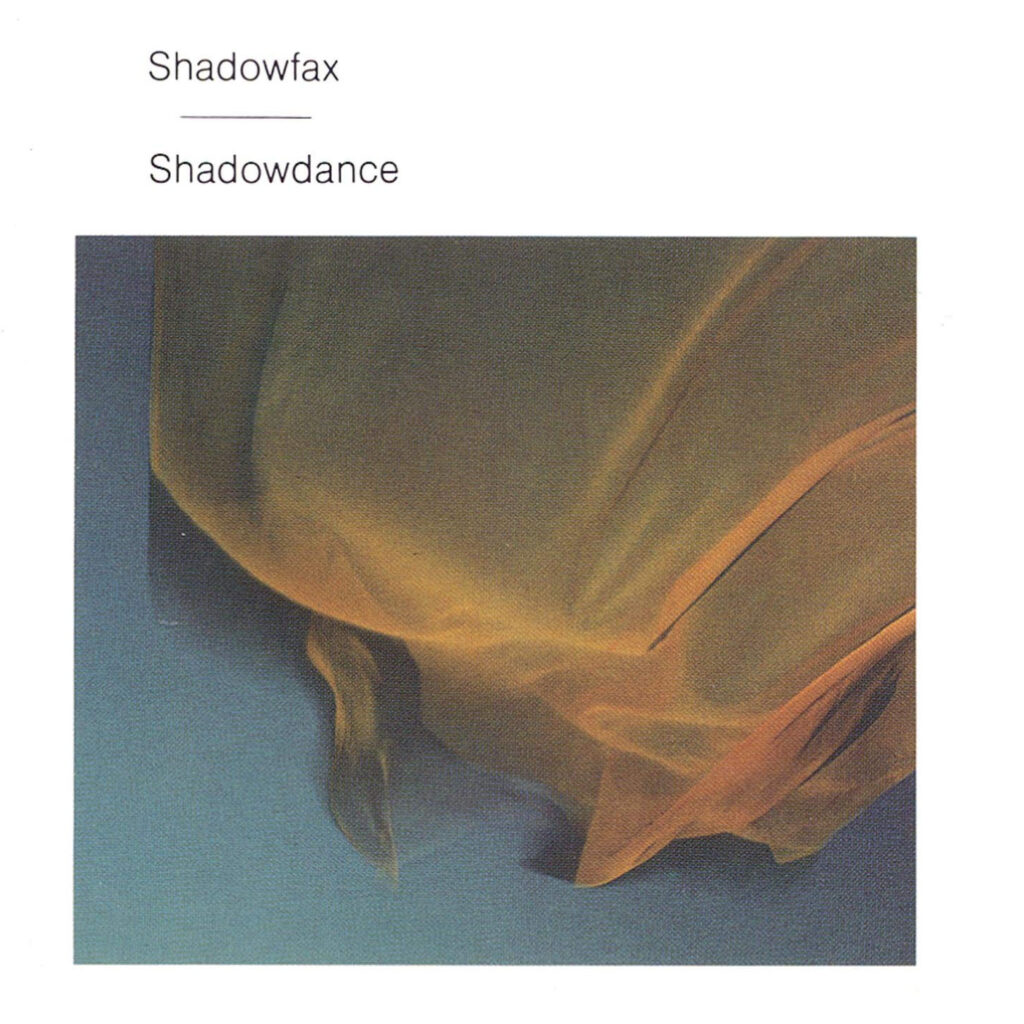
Shadowfax – Shadow Dance (1983)
Solid jazz fusion with eastern instrumentation, and meticulously recorded, Shadofax’s 1983 record is highly recommended, especially the Don Cherry cover, “Brown Rice Karmapa Chenno.”
:format(jpeg):mode_rgb():quality(90)/discogs-images/R-4610939-1370099359-6311.jpeg.jpg)
Michael Hedges – Aerial Boundaries (1984)
A groundbreaking and revolutionary record for steel string guitar, Aerial Boundaries not only had beautiful atmospheric compositions but introduced an entire new vocabulary of guitar playing. Finger-tapping, hammering and harmonic slaps — processed with electronics and reverb — that still resounds today. Recommended: “Aerial Boundaries,” and the cover of Neil Young’s “After the Gold Rush”.
:format(jpeg):mode_rgb():quality(90)/discogs-images/R-1763607-1605627915-3749.jpeg.jpg)
Interior – Interior (1985)
The short-lived Interior seems to be a passion project for the artists and Hosono. Built on a lot of melodic tinkering and experiments in sound collage that drift through ambient/new age/ and minimal synth-pop realms. This album was originally distributed in Japan only on Haruomi Hosono’s Yen Records and didn’t land on American shores until Windham Hill pressed the album in 1985 (minus the track “Cold Beach”).
:format(jpeg):mode_rgb():quality(90)/discogs-images/R-8795835-1597171477-7425.jpeg.jpg)
Andy Narell – Slow Motion (1985)
Pressed at Windham Hill’s Brazil plant, this is the closest to deep funk the label ever got. Andy Narell’s collaboration with steel drum/percussionist Kenneth Nash is a grooving jazz-funk classic. Recommended: “Natty Stick” and “Slow Motion.”
:format(jpeg):mode_rgb():quality(90)/discogs-images/R-1860410-1248399138.jpeg.jpg)
Bola Sete – Ocean (1981)
Reissued by Windham Hill in ‘81, this underrated Bola Sete album finds a fitting home among the other acoustic records by the Windham Hill roster. It features Sete’s textural, airy, contemplative guitar, and great production by John Fahey. Recommended: “Ocean Waves”, “Guitar Lamento”.
:format(jpeg):mode_rgb():quality(90)/discogs-images/R-5167671-1386344836-4657.jpeg.jpg)
Philippe Saisse – Valerian (1988)
One of the smoothest jazz entries from the label was recorded live to a two track: Beautiful flowing and complex rhythms by great new age players including fretless bassist Mark Egan. Check the title track “Valerian”.
:format(jpeg):mode_rgb():quality(90)/discogs-images/R-1507422-1224857412.jpeg.jpg)
Uman – The White Spirit (1995)
Featured on Windham’s ‘96 sampler, Uman’s The White Spirit is another oddball release from the label, especially since it was released as a 12-inch single. But it’s also one of their best, a beautiful and spooky downtempo tune — and the closest the American label got to “pop music.”




